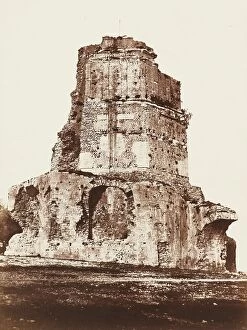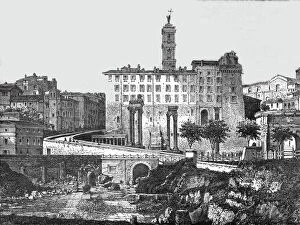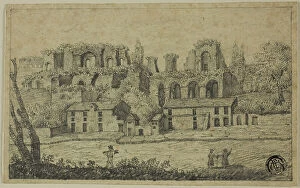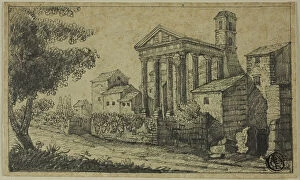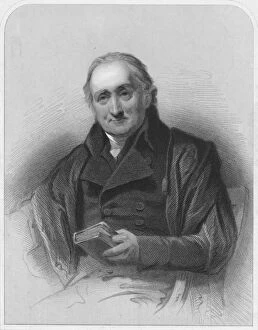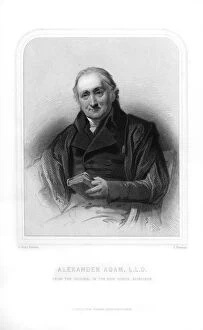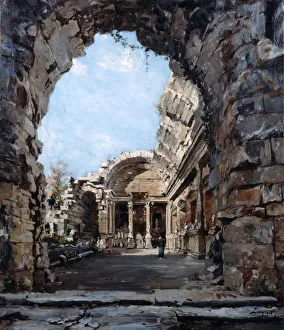Roman Archaeology Collection
"Unveiling the Secrets of Roman Archaeology: A Journey through Time" Step into the world of ancient Rome with Alexander Adam
All Professionally Made to Order for Quick Shipping
"Unveiling the Secrets of Roman Archaeology: A Journey through Time" Step into the world of ancient Rome with Alexander Adam, a renowned Scottish teacher and writer on Roman antiquities. His extensive knowledge and passion for uncovering the past have left an indelible mark on our understanding of this fascinating civilization. One remarkable discovery that captivated archaeologists was the Roman tessellated pavement found in Leadenhall Street, London in 1804. This intricate mosaic artwork showcases the Romans' exceptional craftsmanship and artistic flair. London Stone, located in Cannon Street, has been a mysterious relic for centuries. Its origins shrouded in myth and legend, it has witnessed countless generations pass by since its existence was recorded as early as 1770. Artists like Frederick Nash beautifully captured its enigmatic allure throughout different periods such as c1820 and c1816. Traveling further afield to Spain, we encounter The Temple of Diana depicted by Emmanuel Lansyer in 1890. This majestic structure stands as a testament to the grandeur of Roman architecture and their devotion to deities. The Roman theatre in Merida takes us back to the 1st century BC when entertainment thrived within these magnificent amphitheaters. Here, people gathered to witness captivating performances that transported them into another realm altogether. In York, an exquisite Roman altar dedicated to mother goddesses serves as evidence of their religious practices. It offers glimpses into how they worshipped these powerful figures who held great significance within their society. Johann Joachim Winckelmann's contributions cannot be overlooked either; this German archaeologist played a pivotal role in shaping our understanding of ancient Rome through his meticulous research and writings. Lastly, let's not forget about Wheeldale Moor's roman road—a physical reminder connecting us directly with those who traversed it centuries ago. As we walk along its worn path today, we can't help but marvel at the engineering genius that allowed the Romans to construct such enduring infrastructure.

